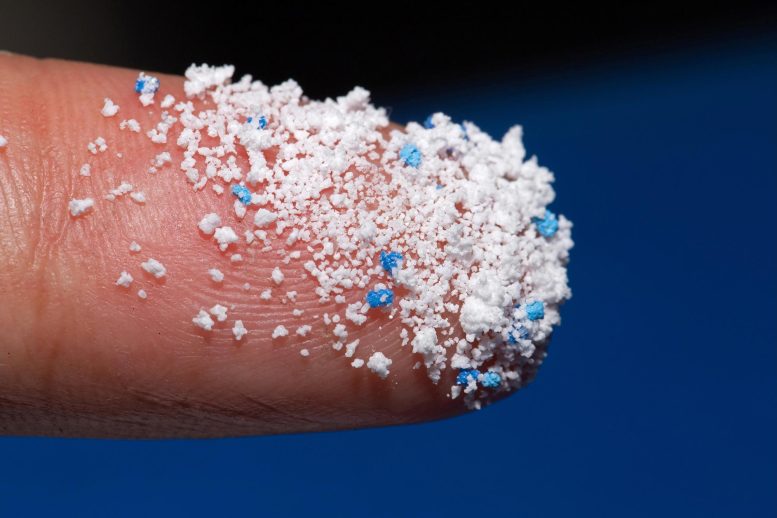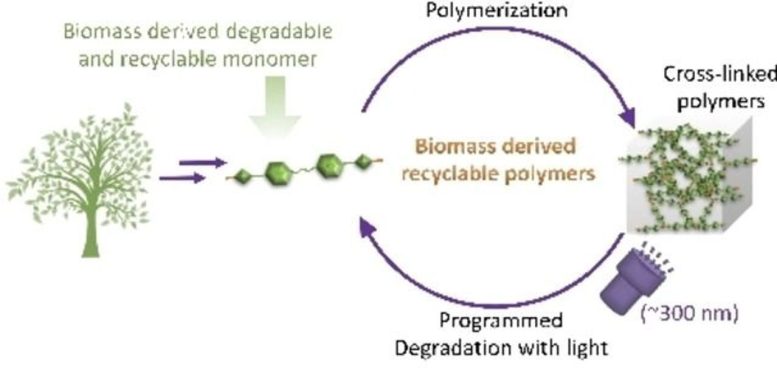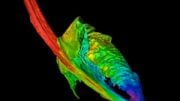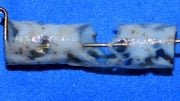
The team’s vanillin derivative can be degraded upon command. This instruction would be sent with a certain wavelength of light.
Light-based upcycling: crosslinked polymers produced from biomass
Society today would not be able to exist without plastics, from low-cost mass-produced items to specialized high-tech materials. However, the use of plastics has its disadvantages. These include the consumption of fossil fuels and the rising amounts of trash. Making high-grade plastics from biomass that can be made to break down into reusable components could be a new strategy for reducing these drawbacks. The “destruct command” would be sent using light of a particular wavelength, as demonstrated by researchers in the journal Angewandte Chemie.
Biomass is a sustainable, often dirt-cheap raw resource that is gaining popularity in the creation of high-performance plastics. However, bio-based plastics have the same issue of inadequate recycling. Plastics must be consistently stable while in use, with no possibility of early degradation. Recycling should ideally be upcycling rather than downcycling. The created building blocks should be convertible to another high-quality material. These should ideally be monomers that can be polymerized again to make similarly high-performance polymers.

A graphic displaying how the process works. Credit: Wiley, Angewandte Chemie
To meet this challenge, an interdisciplinary team of researchers from the United States—Jayaraman Sivaguru at the Center for Photochemical Sciences, Bowling Green State University in Bowling Green, Ohio, and Mukund P. Sibi and Dean C. Webster at North Dakota State University in Fargo—have chosen bio-based plastics for which degradation can be triggered by irradiation with light. They were able to develop crosslinked polymers that contain building blocks in their backbone based on vanillin. Vanillin can be produced from materials such as lignin, which is a byproduct of cellulose production.
The vanillin derivative developed by the team absorbs light at 300 nm and enters into an excited state. This leads to a chemical reaction that triggers the degradation of the polymer. Because this wavelength is not contained in the spectrum of sunlight that reaches the earth, unplanned degradation is avoided. The researchers were able to recover 60% of the monomers, which could be polymerized again with no loss of quality.
Photodegradable, recyclable, and renewable crosslinked polymers made of biomass resources are a highly promising approach for producing more sustainable plastics. Light-triggered degradation is environmentally friendly and offers the advantage of spatial and temporal control.
The study was funded by the National Science Foundation.
Reference: “Towards Upcycling Biomass-Derived Crosslinked Polymers with Light” by Dr. Ravichandranath Singathi, Dr. Ramya Raghunathan, Dr. Retheesh Krishnan, Dr. Saravana Kumar Rajendran, Sruthy Baburaj, Professor Mukund. P. Sibi, Professor Dean C. Webster and Professor Jayaraman Sivaguru, 11 May 2022, Angewandte Chemie International Edition.
DOI: 10.1002/anie.202203353









Be the first to comment on "New Bioplastic Breaks Down Into Recyclable Components Upon Command"